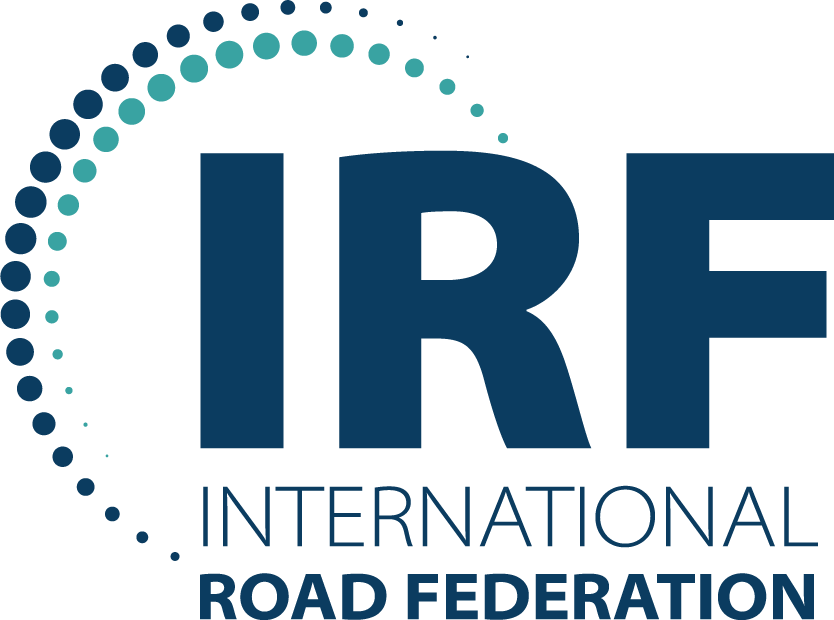FIJI
ROAD SAFETY PROFILEThe ATO road safety profiles offer insights into the road safety in 37 Asia-Pacific countries by utilizing road safety related data from various sources and policy information extracted from a range of documents.
These road safety profiles were developed by the Asian Transport Observatory in collaboration with the Asia Pacific Road Safety Observatory (APRSO) and the International Road Federation (IRF). This September 2025 edition updates the February 2025 release—prepared for the Global Ministerial Conference on Road Safety in Marrakech—to inform discussions at the Asia-Pacific Regional Road Safety Conference in Manila.
Country Summary
Road safety in Fiji presents a complex picture. In 2020, the Global Burden of Diseases (GBD) reported 8.9 deaths per 100,000 population due to road crashes in Fiji, and ranked 15th cause of deaths. This narrative delves into the available data, explores the discrepancies, and examines various facets of road safety in Fiji, including economic costs, motorization trends, and the policy landscape, to provide a comprehensive overview of the current situation.
While overall fatality rates might appear low, disaggregated data reveals concerning trends. Although the share of female fatalities in road crashes has only slightly increased, it is still a crucial metric to monitor. Similarly, while the combined share of minors and seniors in road crash fatalities in Fiji has seen a slight increase, it still indicates a vulnerable demographic. These data points, though limited, suggest that specific demographics are disproportionately affected by road crashes, even if the overall numbers appear low.
Despite the seemingly low fatality rate, the economic burden of road crashes in Fiji is substantial. Estimated at approximately 73 million USD for 2021, this represents roughly 2% of Fiji's GDP. This figure accounts for fatalities and serious injuries, highlighting the significant economic impact of road crashes.
Road crashes also constitute a considerable percentage of the implicit costs due to fossil fuel subsidies in transport. This includes direct costs such as medical expenses and property damage, as well as indirect costs such as lost productivity and pain and suffering. The high economic burden underscores the importance of investing in road safety measures.
Limited information regarding road crash ratings in Fiji indicates only 2% of roads have 3-star or better star rating for pedestrians and only 5% for vehicle occupants. Understanding road infrastructure safety is critical for targeted improvements and reducing crash severity. The lack of comprehensive road crash ratings data hinders a comprehensive road safety assessment.
References
ATO. National Database (2024). https://asiantransportoutlook.com/snd/
IMF. (2024). Climate Data. https://climatedata.imf.org/pages/access-data
Institute for Health Metrics and Evaluation. (2021). GBD Results. GBD Results. https://vizhub.healthdata.org/gbd-results
Institute for Health Metrics and Evaluation. (2024). Global Burden of Disease Study 2021 (GBD 2021) Cause-Specific Mortality 1990-2021. https://ghdx.healthdata.org/record/ihme-data/gbd-2021-cause-specific-mortality-1990-2021
iRAP. (2024). Safety Insights Explorer. iRAP. https://irap.org/safety-insights-explorer/
Nirandjan, S., Koks, E. E., Ward, P. J., & Aerts, J. C. J. H. (2022). A spatially-explicit harmonized global dataset of critical infrastructure. Scientific Data, 9(1), 150. https://doi.org/10.1038/s41597-022-01218-4
United Nations Department of Economic and Social Affairs Population Division. (2022). World Population Prospects 2022. https://population.un.org/wpp/
WHO. (2023). Global Status Report on Road Safety 2023. https://www.who.int/teams/social-determinants-of-health/safety-and-mobility/global-status-report-on-road-safety-2023
World Bank. (2023). GDP, PPP (current international $). World Bank Open Data. https://data.worldbank.org/indicator/NY.GDP.MKTP.PP.CD
World Bank. (2024). Current health expenditure (% of GDP). World Bank Open Data. https://data.worldbank.org/indicator/SH.XPD.CHEX.GD.ZS





